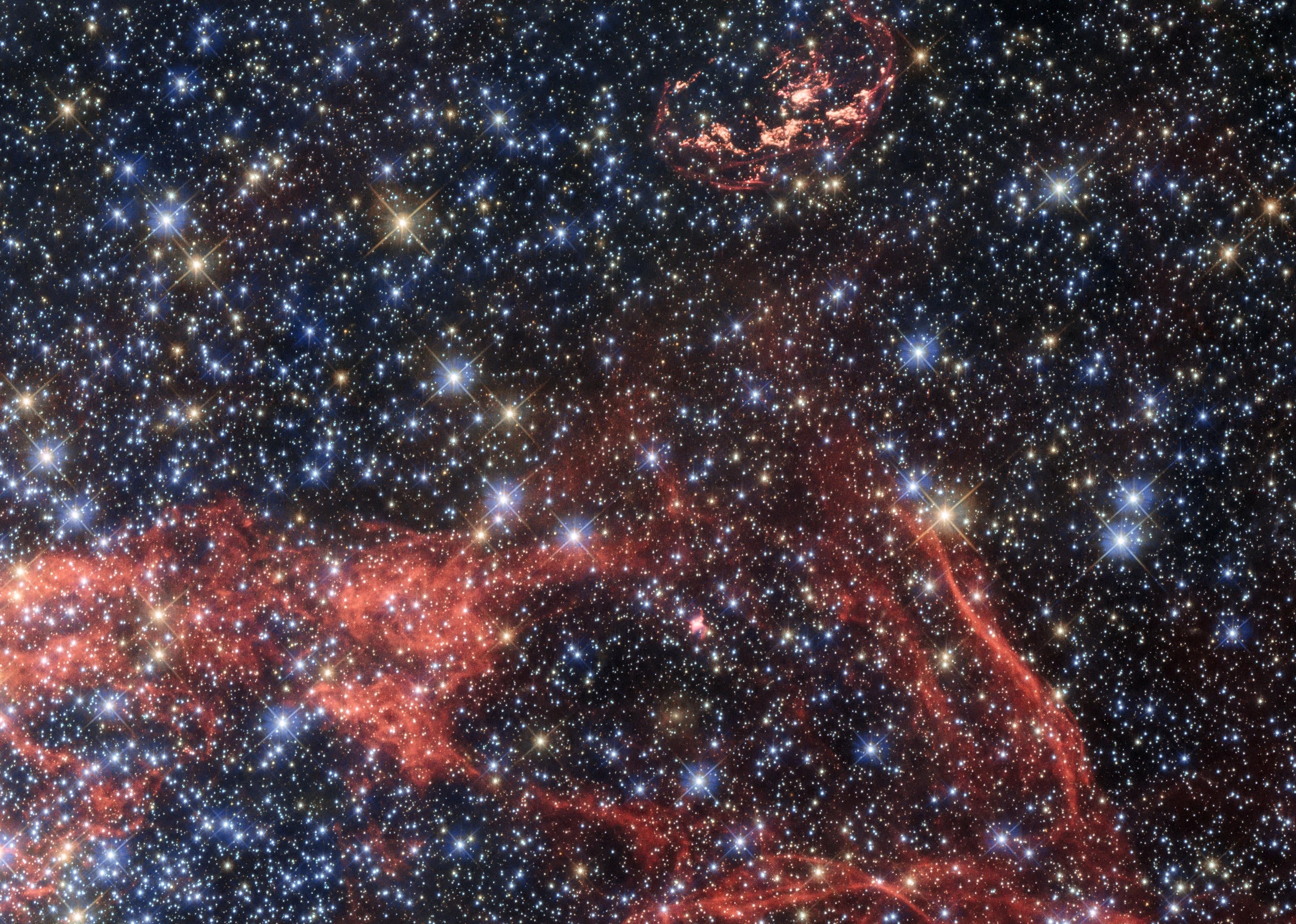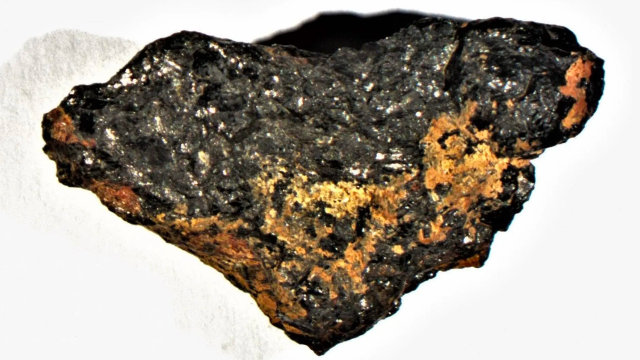In 1996, a rock from space was found in southwestern Egypt’s Great Sand Sea. The rock was odd, even by extraterrestrial standards, and a team of researchers studying the rock’s chemistry now propose that it came from a supernova — the brilliant, explosive collapse of a star.
The rock is named Hypatia, after a 4th-century Egyptian mathematician. Based on the pattern of 15 elements in a 3-gram sample of the stone, a team of researchers suspects Hypatia came from well beyond our stellar neighbourhood, and emerged from the gas and dusty detritus that followed a distant star’s explosion. Their research is published in the journal Icarus.
The researchers think Hypatia came from a Type Ia supernova; these supernovae occur when white dwarves (the small, dense remnants of stars) consume so much material, often from a neighbouring star, that they explode. That distinguishes Typa Ia from Type II supernovae, in which a large star’s core collapses, causing a massive explosion.
“In a sense we could say, we have ‘caught’ a supernova Ia explosion ‘in the act’, because the gas atoms from the explosion were caught in the surrounding dust cloud, which eventually formed Hypatia’s parent body,” said Jan Kramers, a geochemist at the University of Johannesburg, in a university release.
According to the release, the intermingling of gas atoms from the supernova and the dust in which the explosion occurred probably formed a solid rock around the early stages of our own solar system, billions of years ago. On entering and impacting Earth, the parent rock of Hypatia shattered, creating the fragment found in 1996.

Kramers has been studying Hypatia for nearly a decade. In 2013, argon isotopes from the rock confirmed Hypatia’s extraterrestrial origins, and follow-up studies in 2015 and 2018 indicated that Hypatia was neither from any known comet or meteorite nor from our solar system. Using a proton microprobe, the team inspected the elemental makeup of Hypatia. They found that the elements from the rock indicated it didn’t even come from interstellar dust in our arm of the Milky Way.
Hypatia had too much iron to come from a Type II supernova or a red giant star. Thus, the researchers surmised that the most likely explanation for Hypatia’s unique combination of silicon, sulphur, calcium, titanium, vanadium, chromium, manganese, iron, and nickel was a Type Ia supernova.
Six elements were a lot more present than what models predict for something that came from a Type Ia supernova, though: aluminium, phosphorus, chlorine, potassium, zinc, and copper. Kramers believes Hypatia may have inherited those elemental components from the red giant star that preceded the white dwarf that eventually exploded.
The new research was merely exploratory, and further isotope analysis of the elements in Hypatia will need to happen in order to test the researchers’ hypothesis about the rock’s origins.
